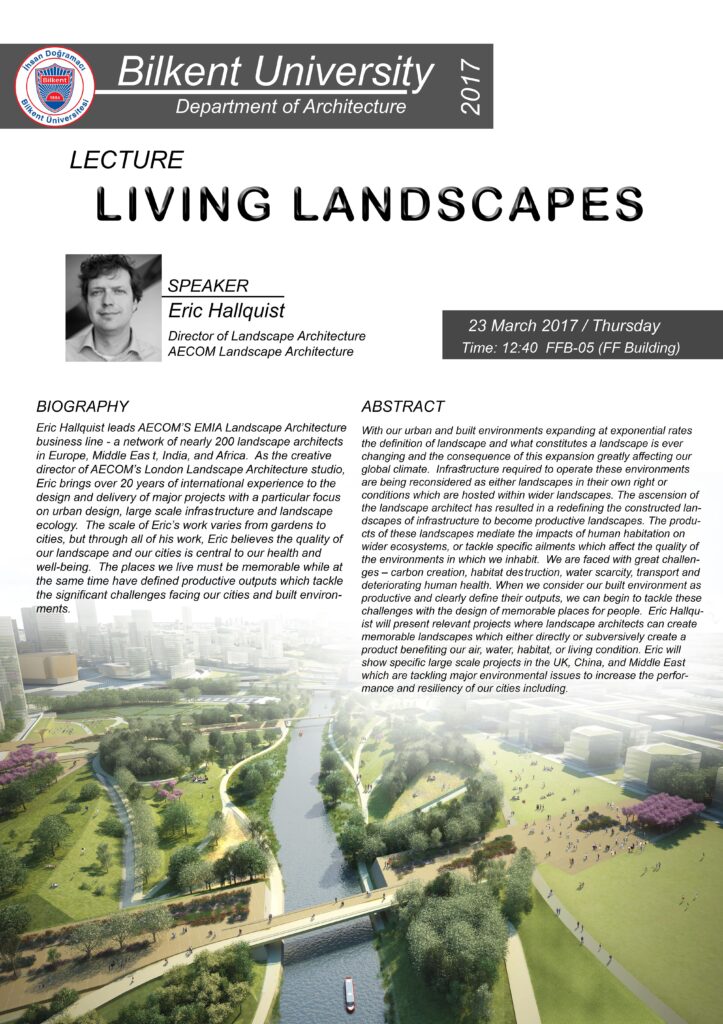
With our urban and built environments expanding at exponential rates the definition of landscape and what constitutes a landscape is ever changing and the consequence of this expansion greatly affecting our global climate. Infrastructure required to operate these environments are being reconsidered as either landscapes in their own right or conditions which are hosted within wider landscapes. The ascension of the landscape architect has resulted in a redefining the constructed landscapes of infrastructure to become productive landscapes. The products of these landscapes mediate the impacts of human habitation on wider ecosystems, or tackle specific ailments which affect the quality of the environments in which we inhabit. We are faced with great challenges – carbon creation, habitat destruction, water scarcity, transport and deteriorating human health. When we consider our built environment as productive and clearly define their outputs, we can begin to tackle these challenges with the design of memorable places for people. Eric Hallquist will present relevant projects where landscape architects can create memorable landscapes which either directly or subversively create a product benefiting our air, water, habitat, or living condition. Eric will show specific large scale projects in the UK, China, and Middle East which are tackling major environmental issues to increase the performance and resiliency of our cities including.
Biography:
Eric Hallquist leads AECOM’S EMIA Landscape Architecture business line – a network of nearly 200 landscape architects in Europe, Middle East, India, and Africa. As the creative director of AECOM’s London Landscape Architecture studio, Eric brings over 20 years of international experience to the design and delivery of major projects with a particular focus on urban design, large scale infrastructure and landscape ecology. The scale of Eric’s work varies from gardens to cities, but through all of his work, Eric believes the quality of our landscape and our cities is central to our health and well-being. The places we live must be memorable while at the same time have defined productive outputs which tackle the significant challenges facing our cities and built environments.

